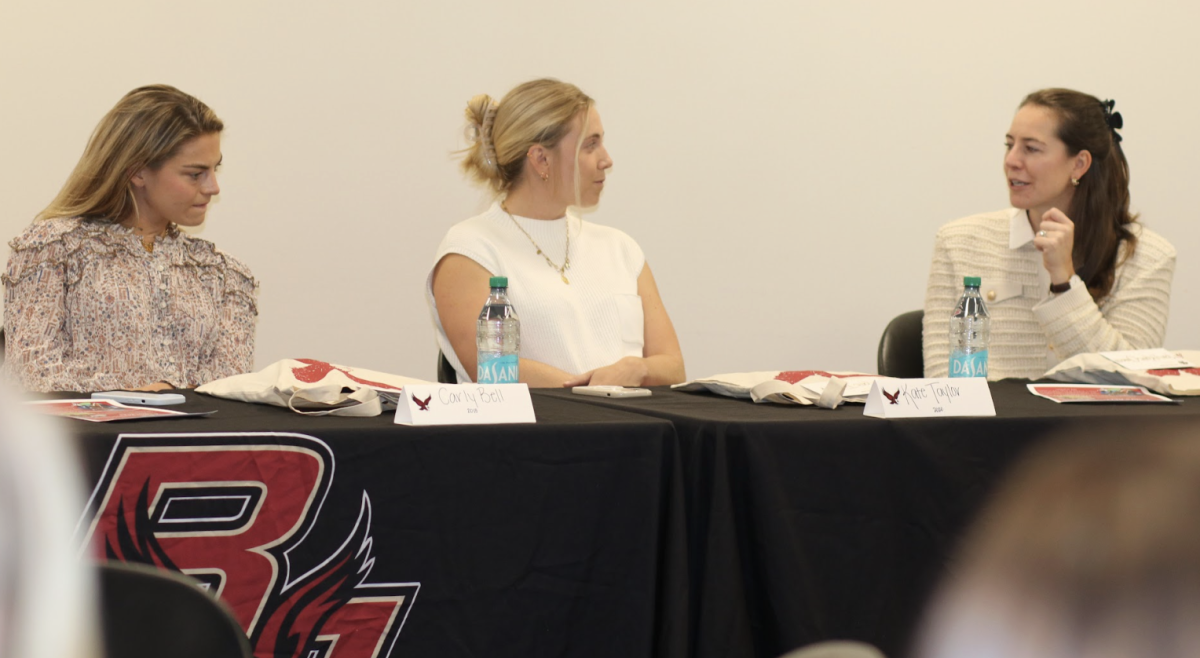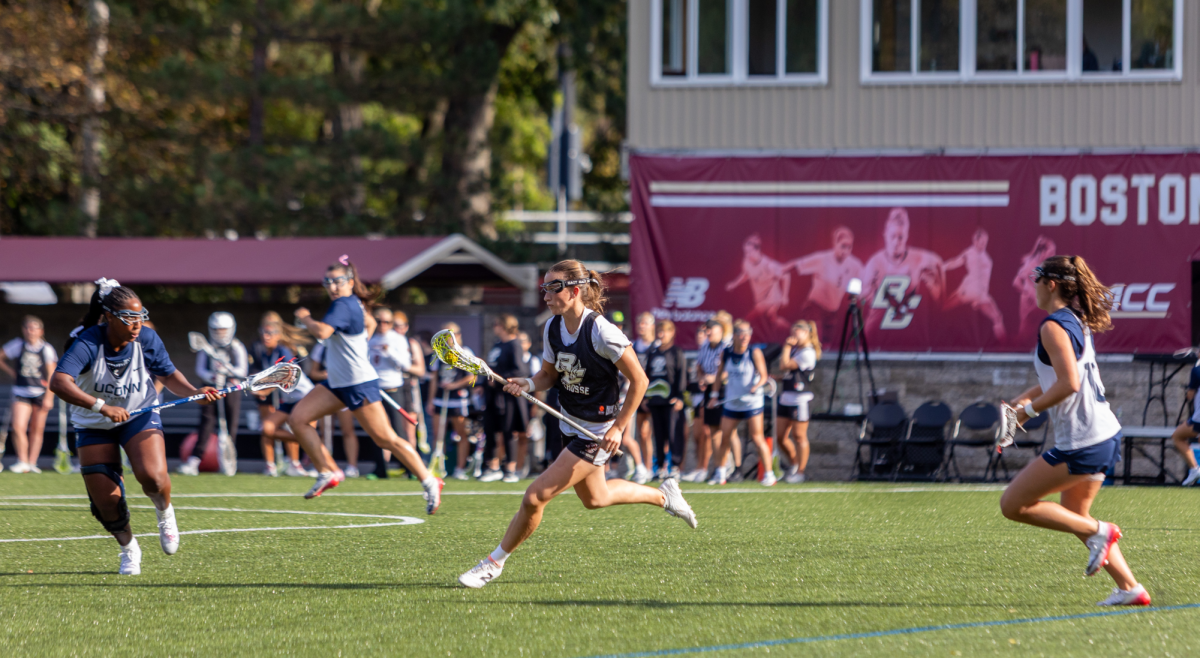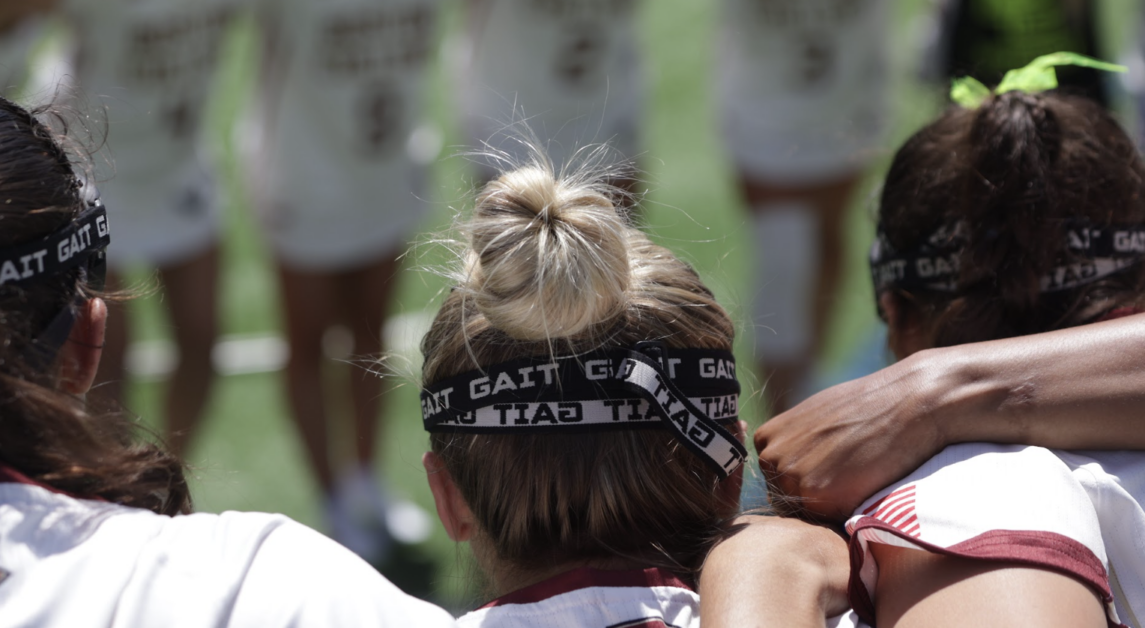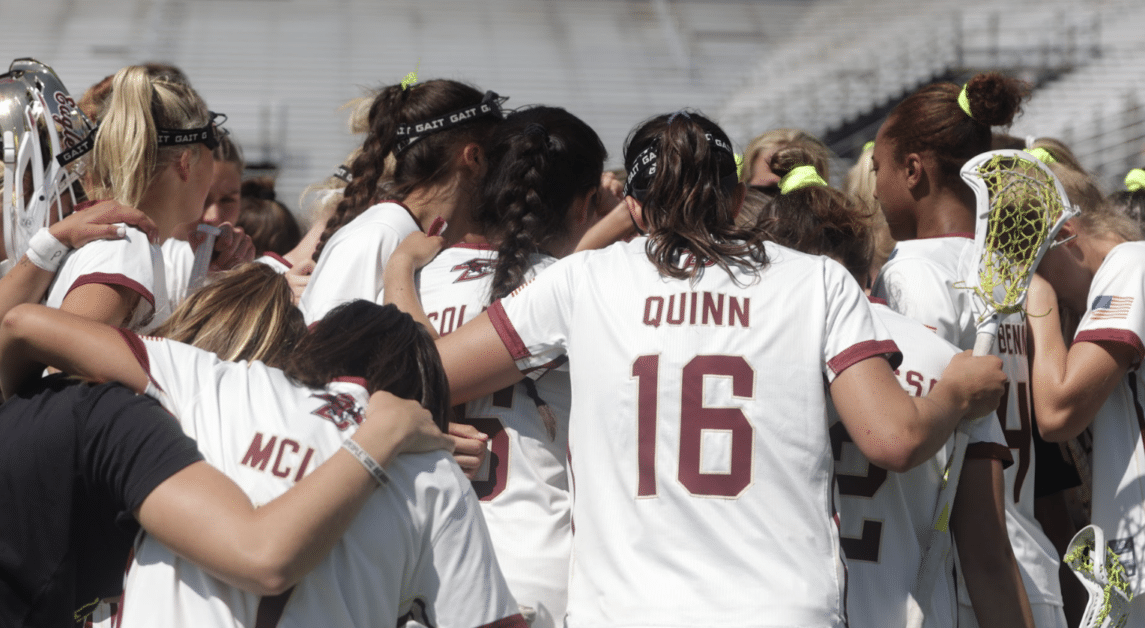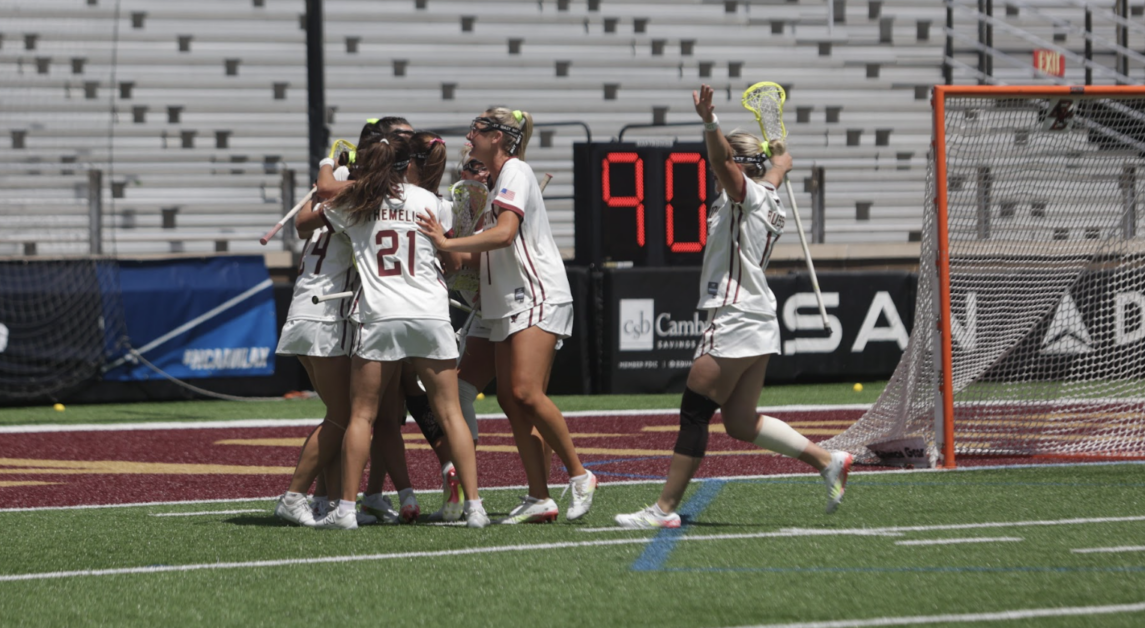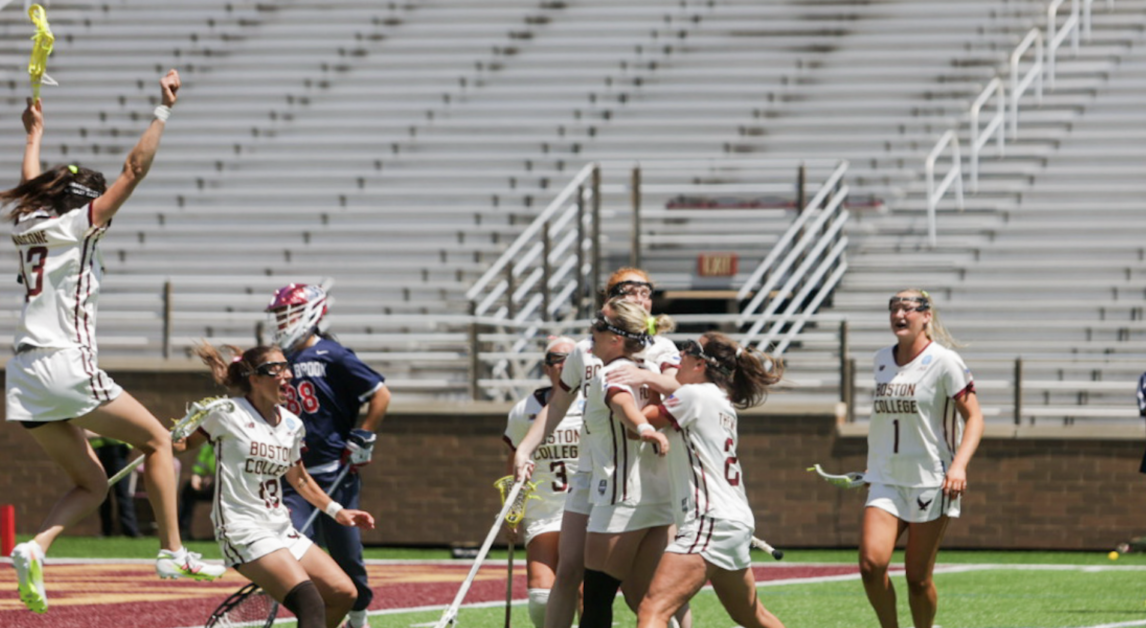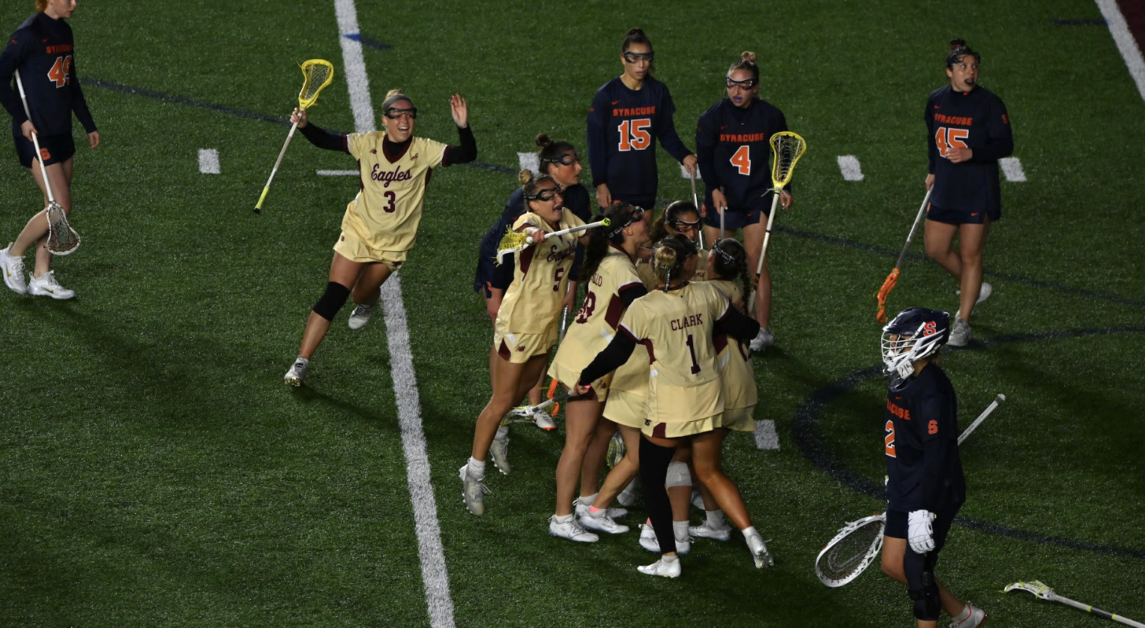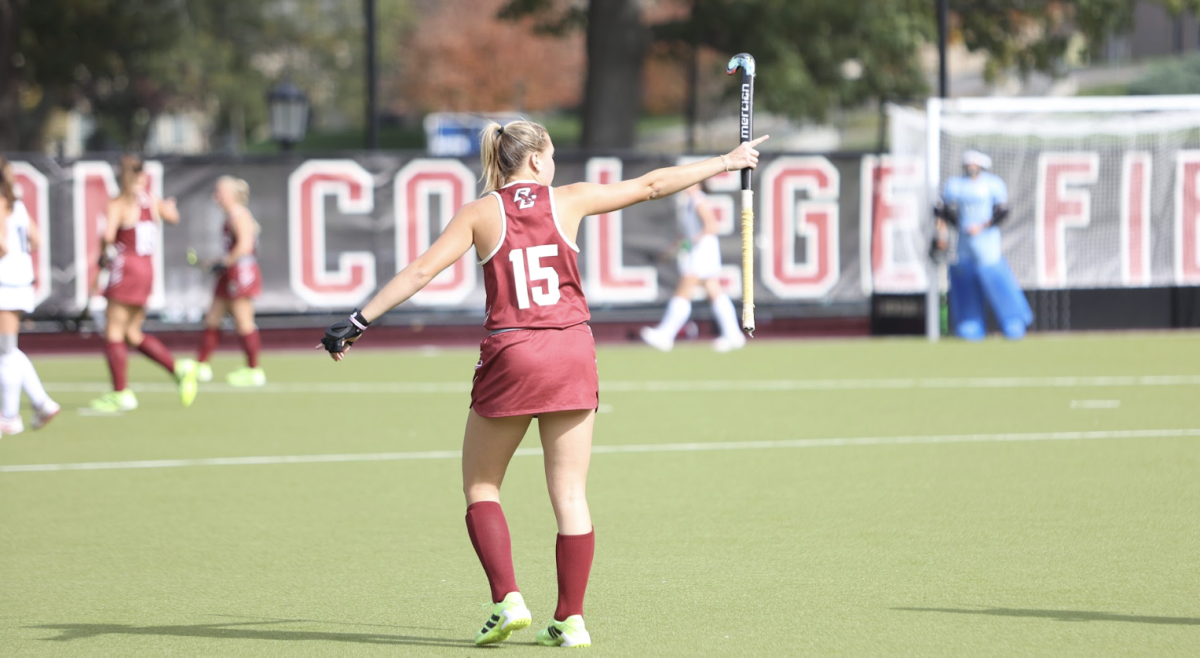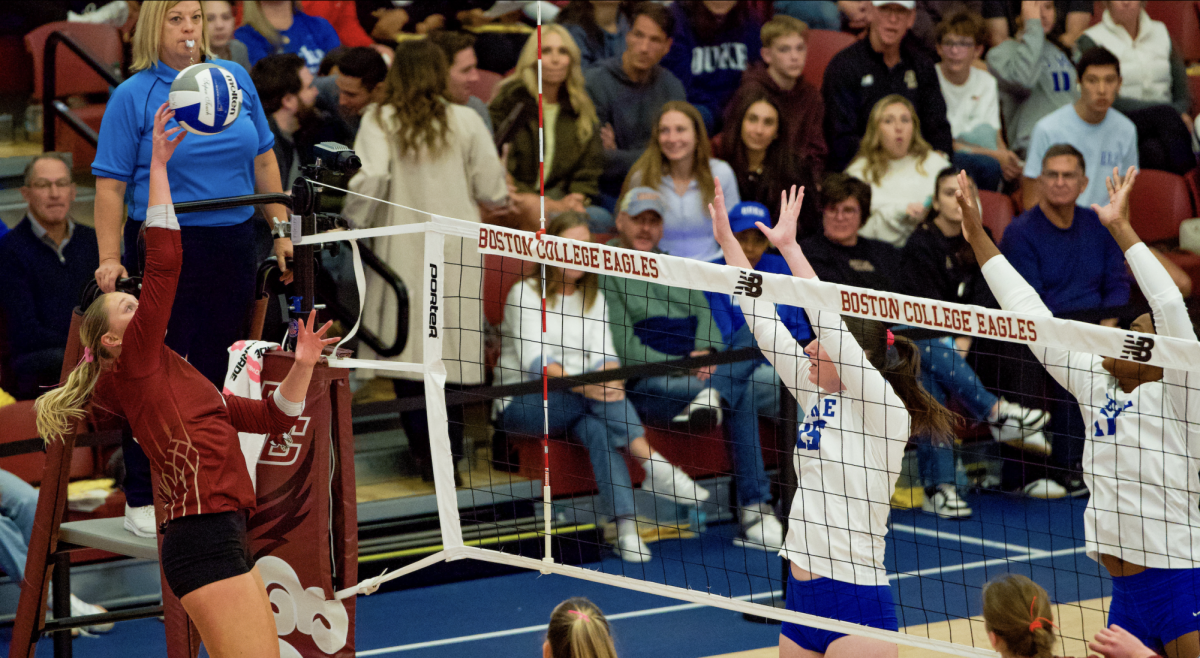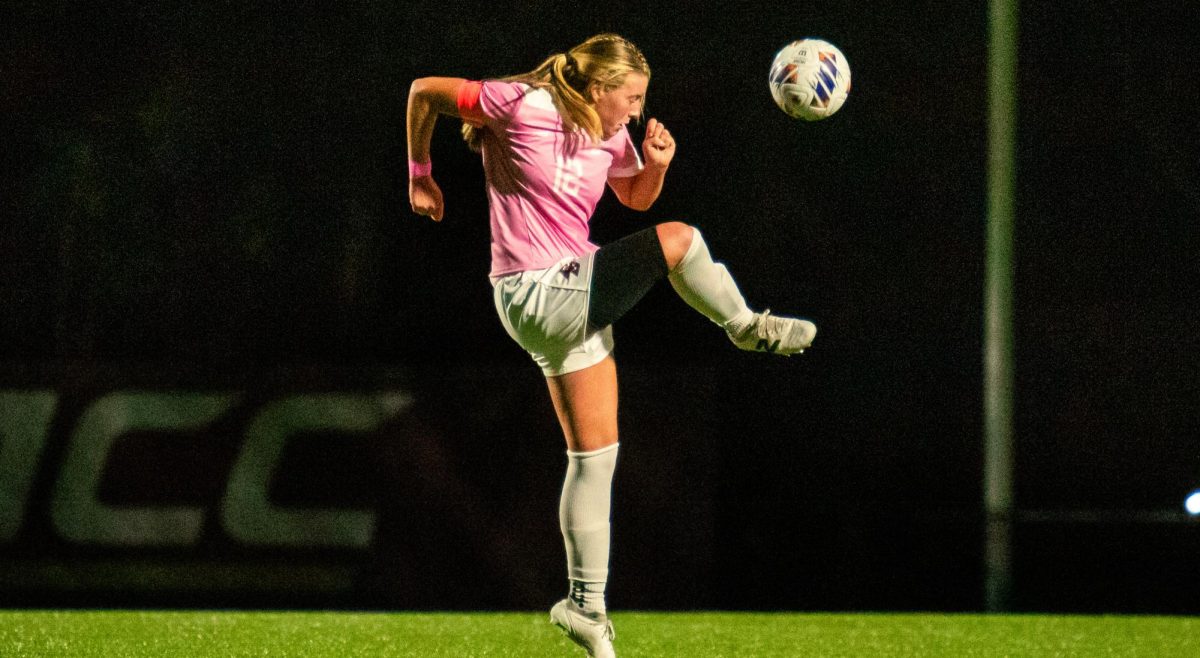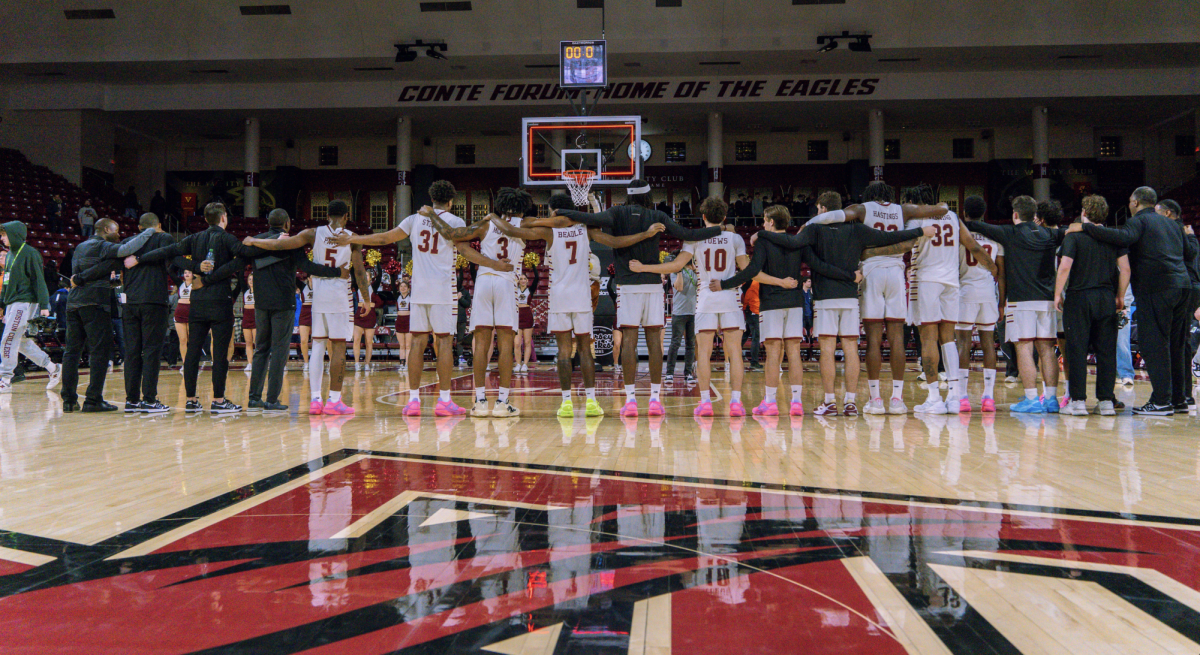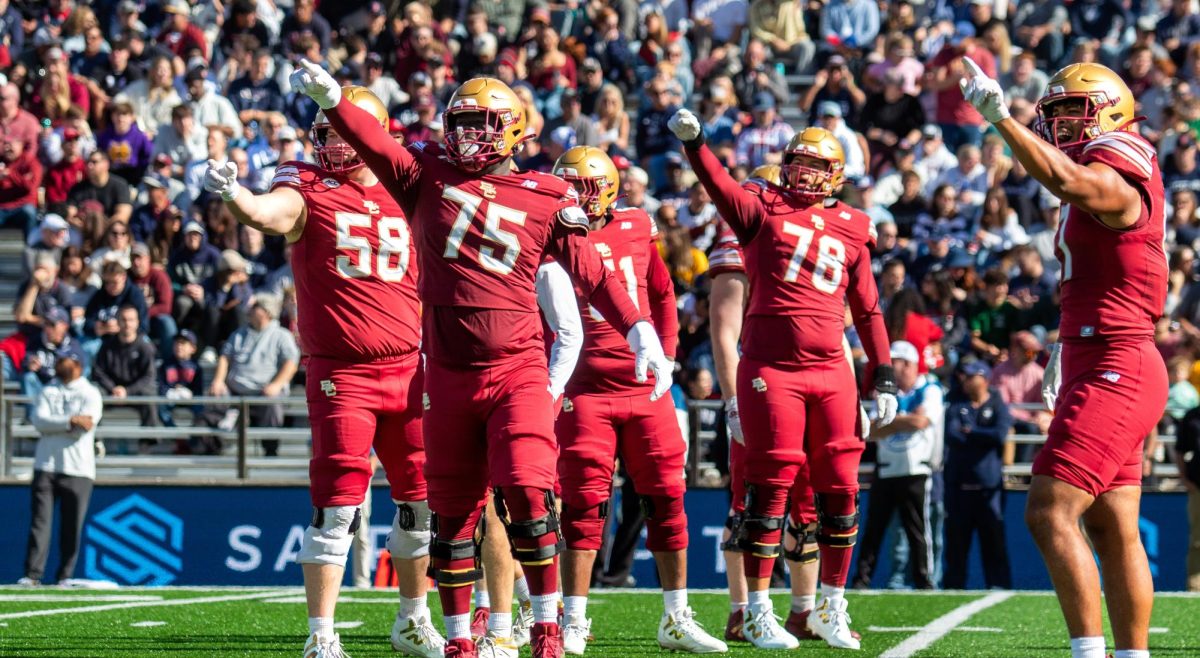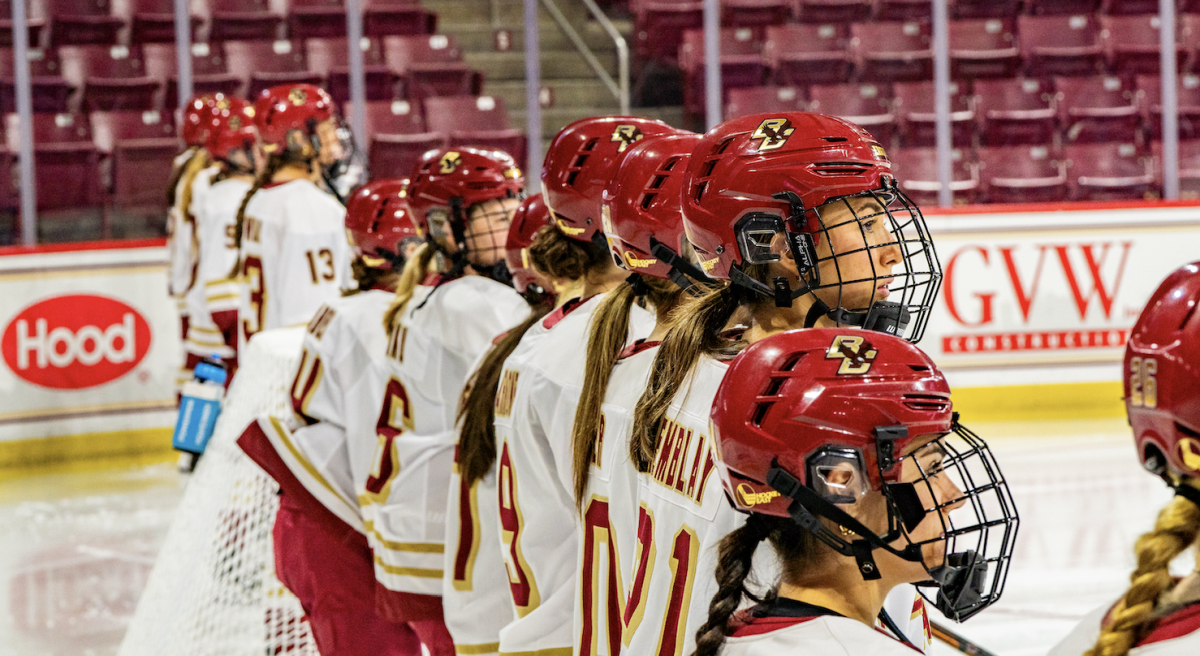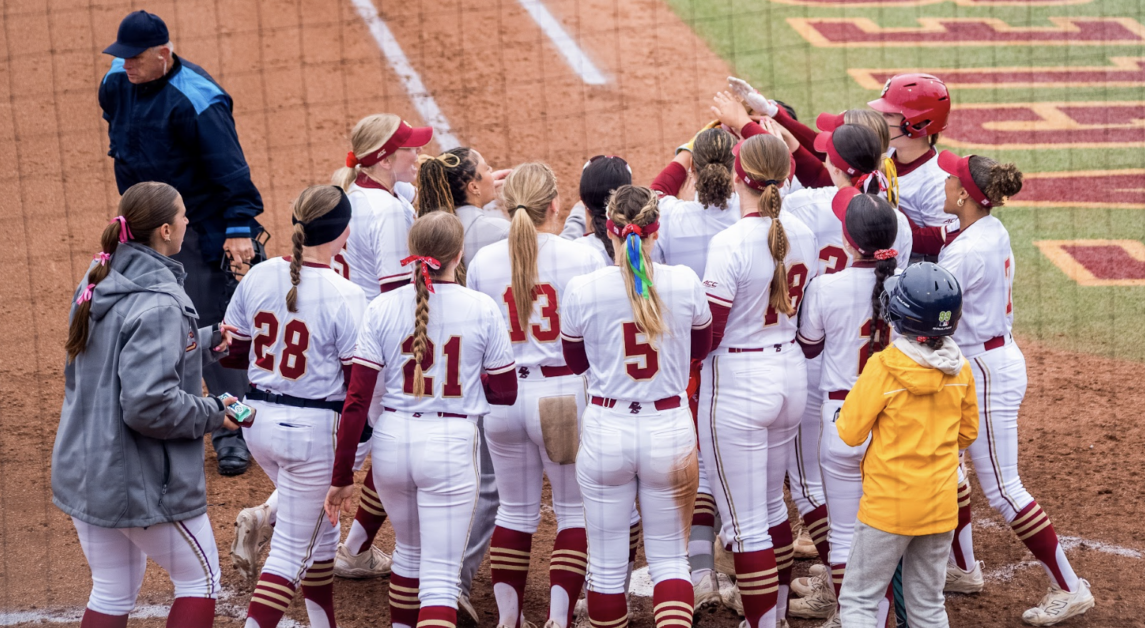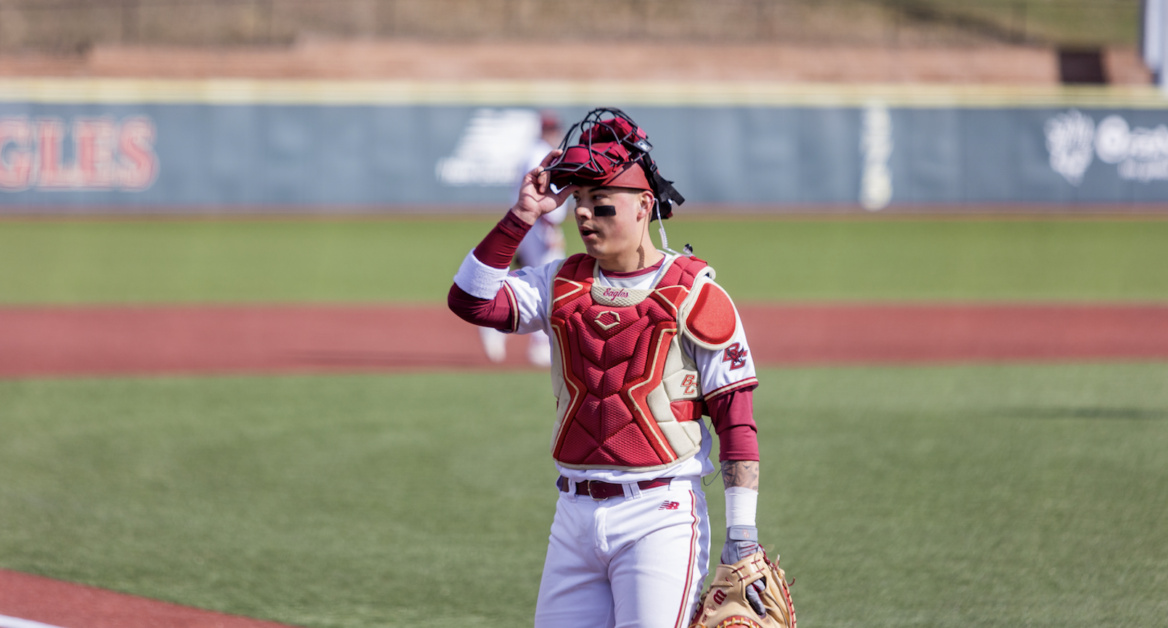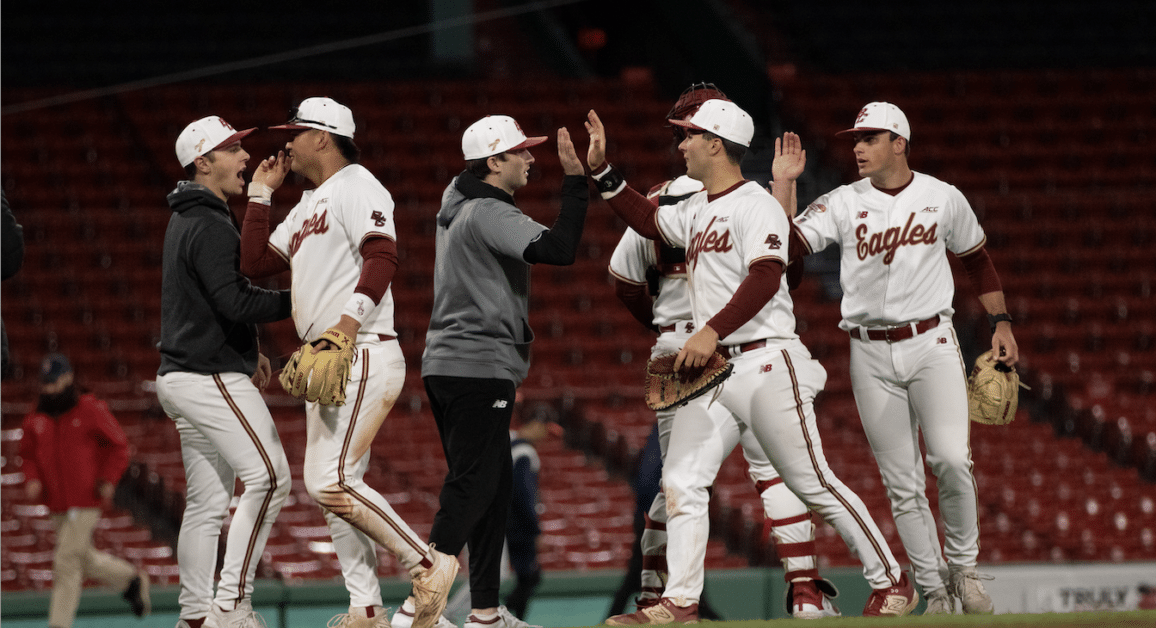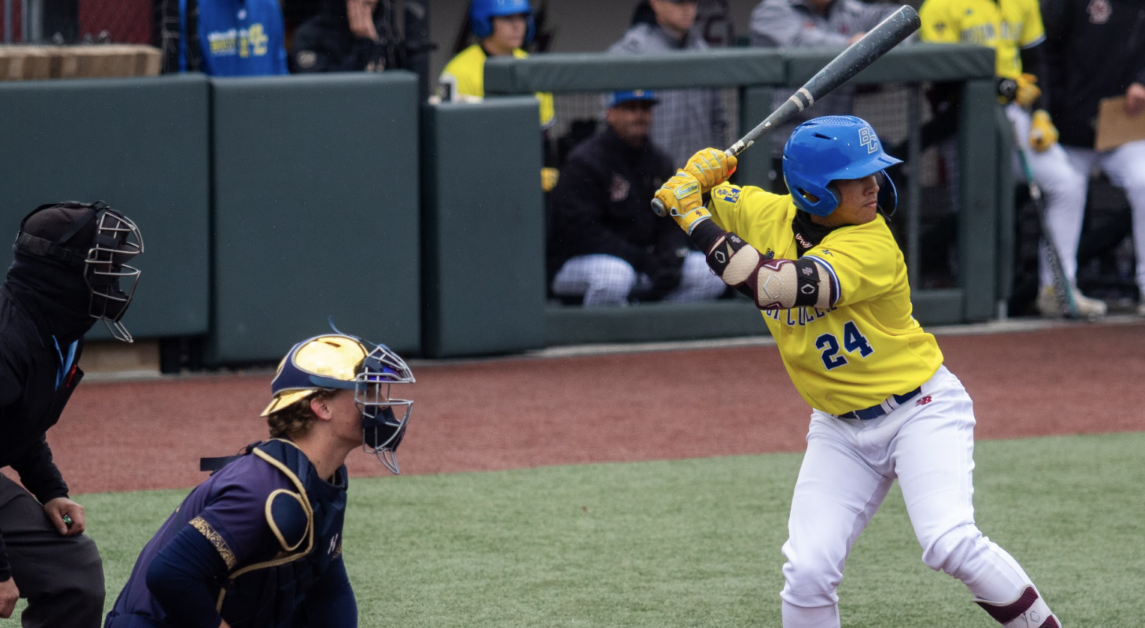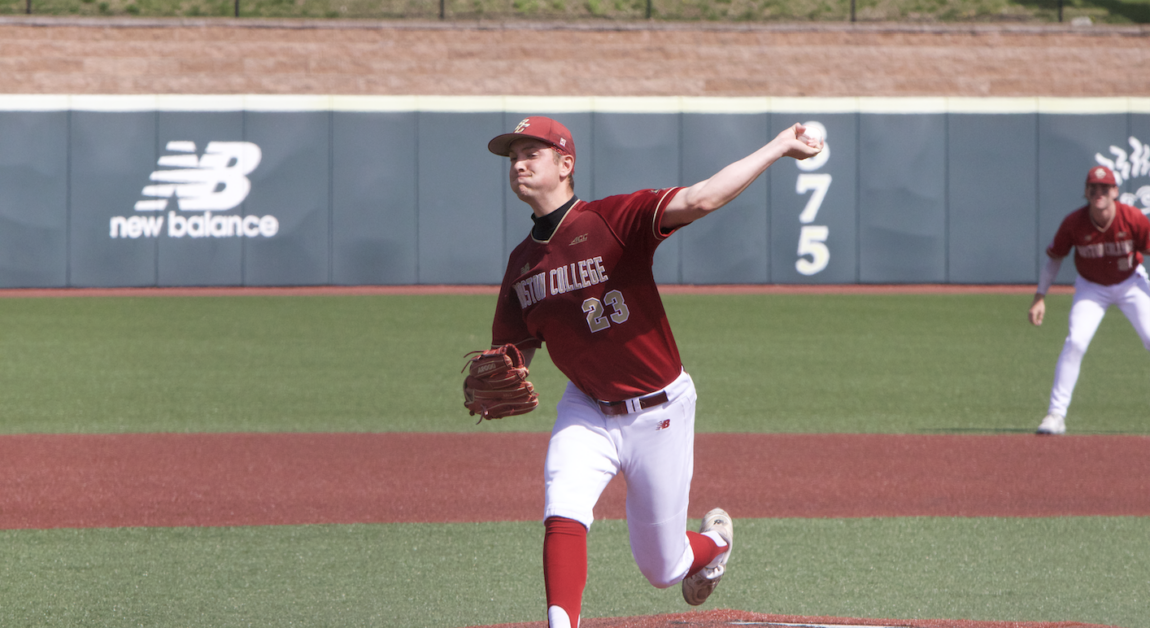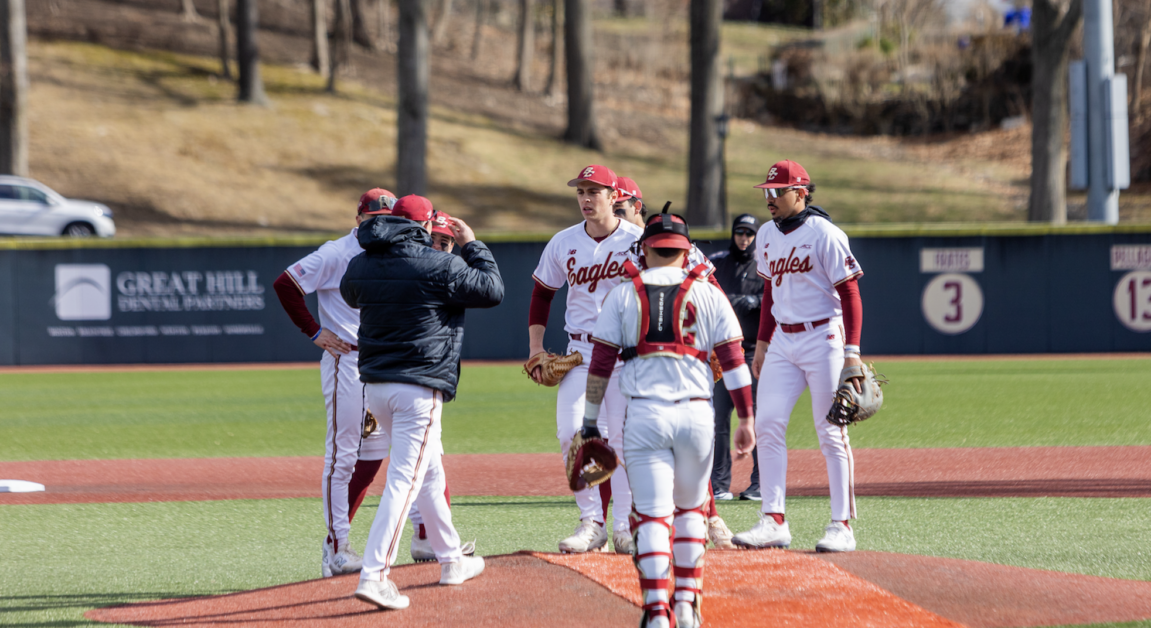Eight former Boston College lacrosse players and close to 30 players on the 2026 roster gathered in Conte Forum on Friday to discuss the transition between Division I lacrosse and the workforce.
Mary Kate O’Neill led a discussion panel of the Eagles’ 2017 team to talk about their careers and tell stories about post-college life. Apart from the panel, Ryan Smith, Sarah Mannelly, and Annabelle Hasselbeck shared advice with the team.
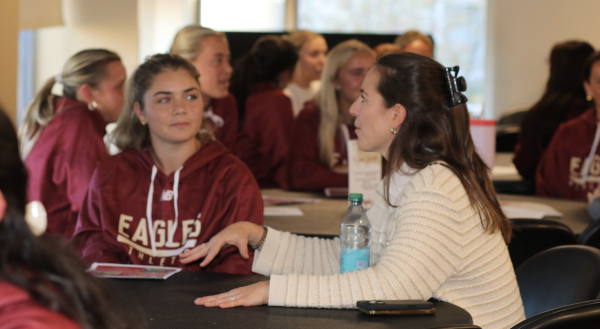
“That transition from being an athlete to being a member of the workforce is not the easiest one for everyone,” O’Neill said. “Anything we can do to make that easier or shed light on some of the challenges and talk about it in a candid environment is all we’re really trying to do.”
O’Neill says it starts by explaining to employers all of the work that goes into playing for BC lacrosse.
“For people that aren’t familiar with Division I athletics and what it takes to play at this level, you kind of need to spell it out for them,” O’Neill said. “It’s okay to brag a little bit.”
The team O’Neill played for in 2017 had a lot to brag about. That was the year that BC made the national championship game for the first time in program history.
The transition to the workforce was rather abrupt for O’Neill’s teammate, Laura Frankenfield.
“So, 2017, we played in the national championship at Gillette [Stadium] on Sunday, and I started my job in the South End on Tuesday,” Frankenfield said. “I had one day off.”
She dealt with it using the tools she learned during her time with BC lacrosse, though. A lot of that had to do with head coach Acacia Walker-Weinstein.
“I think Acacia and the team really instill upon you that you do a job until it’s complete,” Frankenfield said. “You do the respectful thing, you take things to the finish line with complete integrity. That’s something that definitely has translated.”
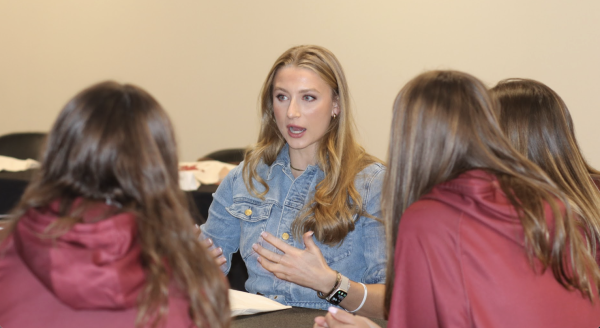
In fact, Frankenfield said she can still hear her former coach’s voice in her head.
“When we were at the hardest parts of conditioning – you’re out of breath, you’re totally taxed,” Frankenfield said. “The idea was you can’t put your hands on your knees, you can’t put your hands above your head. You can’t physically show weakness, because that’s when your opponents know it’s time to strike. It’s something that’s so strange, but has translated into the real world.”

